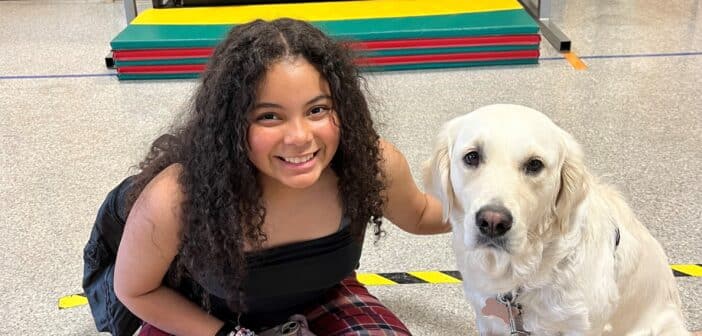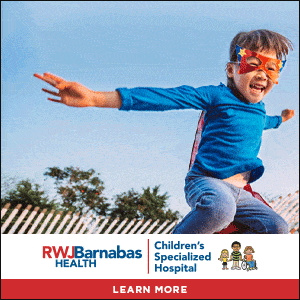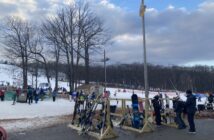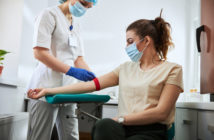This post is sponsored by RWJ Barnabas Health
Navigating resources online, especially about relevant safety tools and resources, can be difficult for youth with disabilities or special health needs, their families, and others in their lives. Fortunately, Children’s Specialized Hospital, part of the Children’s Health network of RWJBarnabas Health, has made it easier and more accessible to find information about living safely that is applicable to all, including those with disabilities. The Living Safely with Disabilities and Special Health Needs initiative provides essential safety tools and resources for children and adults with special health needs in a one-stop hub and an easy-to-use format that also can be applicable for educators, caregivers, and emergency responders. We spoke with Adrienne Robertiello, Interim Autism Program Coordinator and Specialized Health Care Educator at Children’s Specialized Hospital, for more information about their programs. (featured photo credit: RWJBarnabas Health PSE&G Children’s Specialized Hospital)
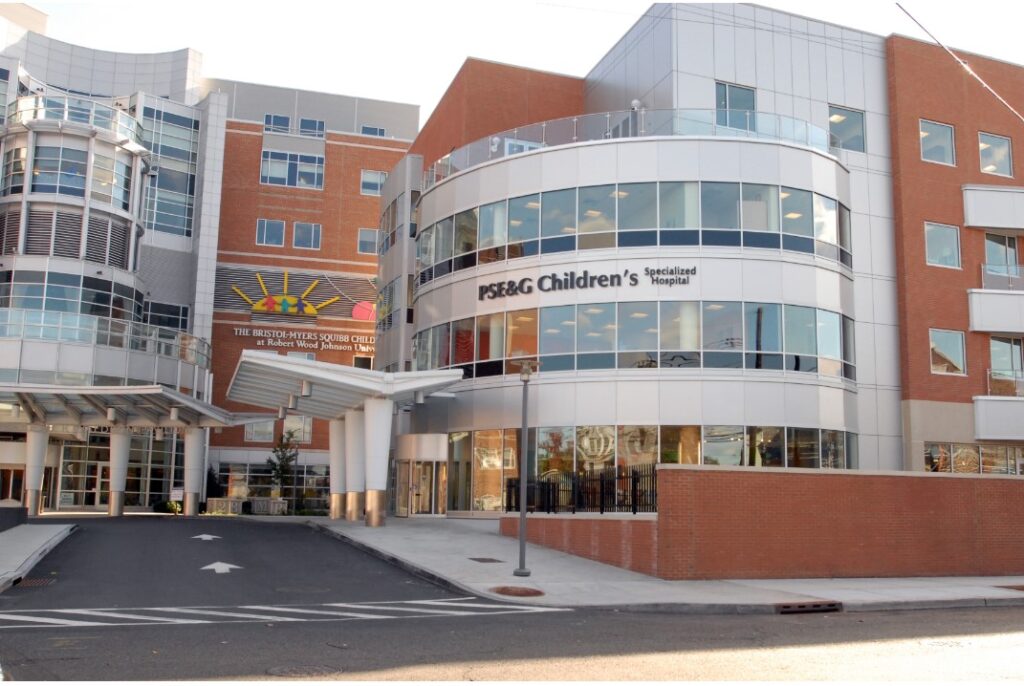
RWJBarnabas Health PSE&G Children’s Specialized Hospital provides essential safety tools and resources for children and adults with special health needs in a one-stop hub. Photo Credit: RWJBarnabas Health PSE&G Children’s Specialized Hospital
Can you tell me a little bit about Children’s Specialized Hospital and what they offer?
Children’s Specialized Hospital (CSH) currently has 15 NJ locations, including one state-of-the-art inpatient facility in New Brunswick, the state’s only pediatric rehabilitation hospital; numerous outpatient facilities covering an array of programs and services; and two long-term care facilities, which provide exceptional care for children with complex medical conditions who cannot be cared for at home. In our ongoing commitment to better engage and serve our diverse communities, Children’s Specialized Hospital seeks ways to enhance engagement and service for diverse communities.
How were the Living Safely with Disabilities and Special Health Needs resources/website developed, and why?
In conversations with New Jersey residents with disabilities, a common theme emerged– the struggle to find clear, reliable, and relevant safety tools and resources. Typically, adolescents and adults with disabilities navigate the internet, hoping for accessible and functional content. The need for more relevant safety information echoes in the words of one of the disability advocates, & We need to fend for ourselves.& Other advocates emphasized that safety education was offered to their parents and caregivers throughout their lives but not in ways that empowered them to use functional safety skills.
The Living Safely Online Center for Safety was designed to serve as a model to fill this void, fostering a more inclusive approach to safety education for learners with different abilities and learning styles. Recognizing the gap, we submitted a proposal to the New Jersey Inclusive Healthy Communities grant program from the Division of Disability Services, New Jersey Department of Human Services, to create a one-stop accessible hub of safety resources designed for people with varied disabilities.
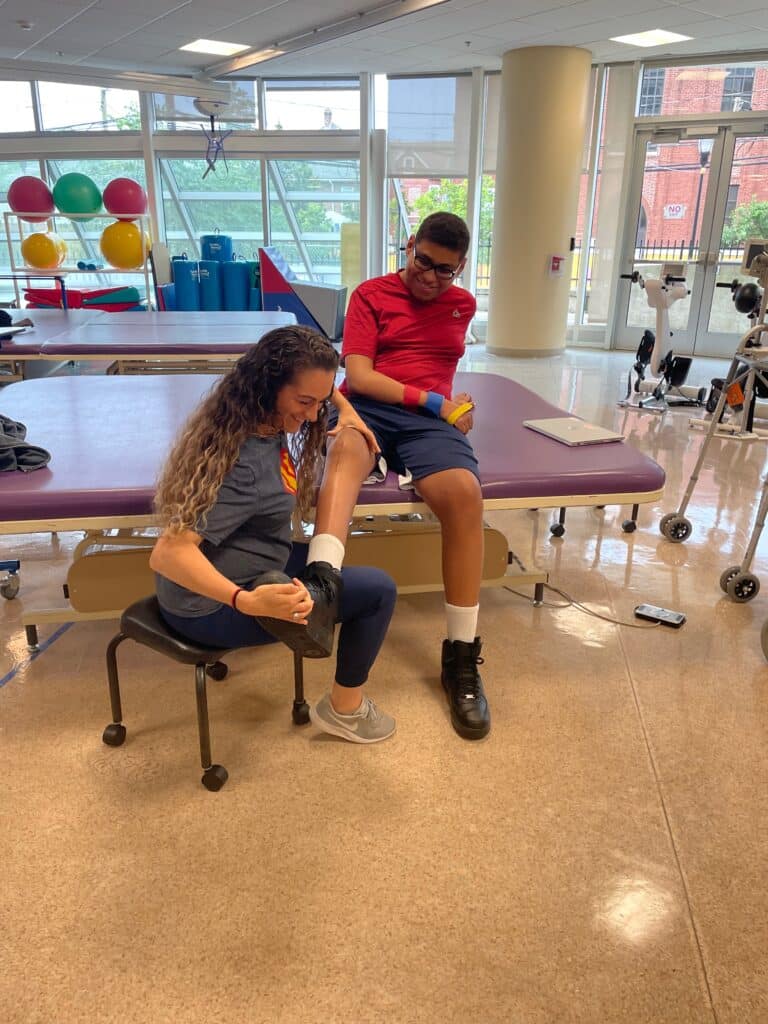
Physical Therapy is a part of what they offer at RWJBarnabas Health PSE&G Children’s Specialized Hospital. Photo Credit: RWJBarnabas Health PSE&G Children’s Specialized Hospital
Please explain the Living Safely with Disabilities and Special Health Needs program and who can access it.
The development of Living Safely with Disabilities and Special Health Needs has been crucial in our commitment to building a high-reliability organization and addressing social determinants of health, inclusive of people with disabilities. We know that regular safety information may not work for everyone, so we’re simplifying safety concepts to empower people with disabilities to take control of their safety and avoid unnecessary risks. This grant is helping us expand our outreach and ensure everyone who needs this information can get it.
The Living Safely Online Center for Safety website is available to everyone in the community. It can be used by people with disabilities and supported by parents, caregivers, educators, health care providers, therapists, safety educators, and others. Resources are available in English and Spanish. The Online Center for Safety has four
categories:
Safety Resources- These resources are available in multiple formats based on the person’s preference and learning style. These formats include Text Only, Audio Only, Narrated Picture Stories, Text with images, and Picture stories.
Safety Tools- This section offers helpful tools that can be personalized for the safety of each individual. These tools can be used as part of your safety plan, shared with local emergency response teams, and used to support safety education.
Community Safety Conversations- This section provides safety conversation templates, which provide talking points to guide safety conversations between disabled people, caregivers, and responders.
Safety Advocacy and Information- This section provides various ways to learn to raise awareness and increase knowledge about different safety areas. This section also aims to connect safety stakeholders, provide guidance for safety education and resources, and guide them to incorporate inclusion in innovative technologies.
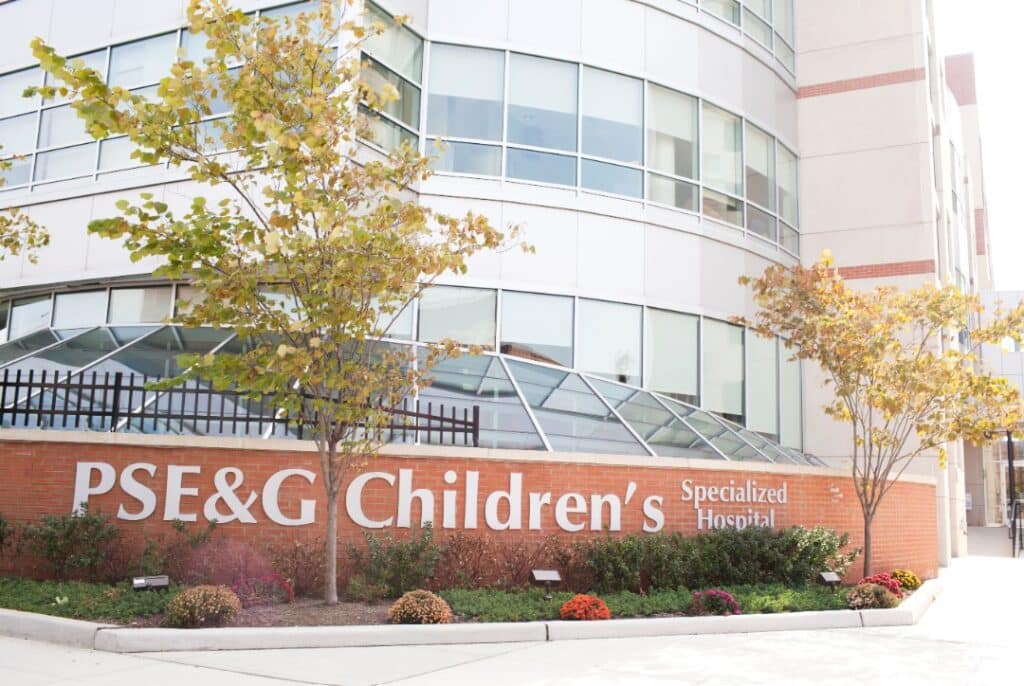
RWJBarnabas Health PSE&G Children’s Specialized Hospital is a hub for those in need. Photo Credit: RWJBarnabas Health PSE&G Children’s Specialized Hospital
What positive impacts have you seen from the program?
In practice, it’s difficult to measure the impact of safety education because we can’t put people in unsafe situations to observe behavioral change. Additionally, safe behaviors vary by individual. We have shared the Living Safely Online Center for Safety extensively, and it has been acknowledged as a model for accessible safety education. The tools and resources have been incorporated in schools and by emergency providers and accessed by people with disabilities in the community. To expand and measure these tools and resources, we have received a second IHC grant – Learn to Live Safely with Disabilities and Special Health Needs. In this work, we are embedding inclusive safety education within college curricula for service providers in training, introducing accessible safety lessons in special education transition programs, educating and empowering emergency responders about sensory and communication challenges, educating and involving disabled residents about emergency preparedness, and expanding exposure in under-resourced communities. This new grant will measure learners’; perceptions, satisfaction, and understanding.
For more information about Children’s Specialized Hospital and the Living Safely Online Center for Safety, visit their website at rwjbh.org/cshlivingsafely.

